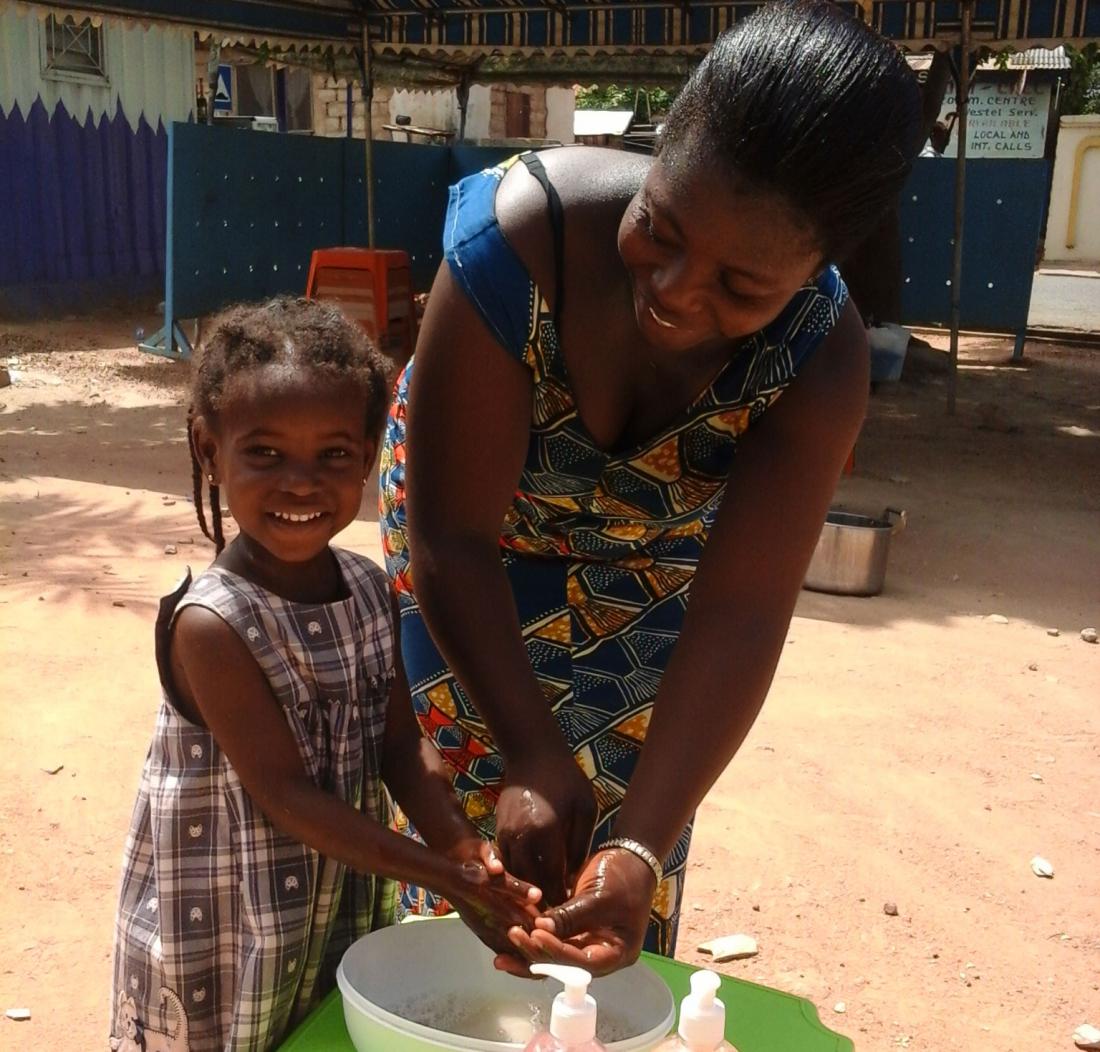The Impact of UNICEF's Communication for Development (C4D) Program in Ghana
- Families and households
- Communicable diseases
- Diarrhea
- Malaria
- Health outcomes
- Digital and mobile
- Early childhood development
- Health care delivery
- Preventive health
- Water, sanitation, and hygeine
A large number of child death in sub-Saharan Africa are due to causes that are preventable through improved health behavior. In Ghana, researchers are evaluating the impact of a health communications program, which includes in-person, radio, and mobile phone interventions, on five key health behaviors.
Policy issue
Substantial progress has been made worldwide in reducing child deaths over the last 25 years, yet on average 17,000 children under five still die every day, mostly from preventable causes and treatable diseases.1 Sub-Saharan Africa has the highest child mortality rate relative to other regions92 deaths per 1,000 live births. The leading causes of death among children are preterm birth complications, pneumonia, complications during labor and delivery, diarrhea, and malaria. Promoting positive health behaviors through communications campaigns, including home visits by community health workers and radio broadcasts, may increase demand for services and products that can reduce the risk of preventable disease and death, such as antimalarial bed nets and oral rehydration salts. Moreover, given the growth of mobile phone ownership in the past decade, and evidence that individuals respond to mobile phone message reminders, text messages may serve as a cost-effective way to deliver key health messages and change behavior. This research in Ghana aims to shed light on these topics.
Context of the evaluation
Infectious diseases and malnutrition are major public health problems in Ghana. In 2008, 14 percent of children under five were underweight and 28 percent were stunted, and malaria was the leading cause of death nationwide. In response, UNICEF and the Ghana Health Services, an agency within the Ministry of Health, launched the Communication for Development (C4D) program in March 2012 to increase awareness of common health problems in Ghana and reduce the risk of diseases and death, particularly for children under five.

Details of the intervention
Researchers are conducting a randomized evaluation to measure the impact of the basic C4D program and an expanded version with a mobile phone component (M4D) on five key behaviors:
-
Exclusive breastfeeding for the first six months of life
-
Hand washing with soap
-
Sleeping under an insecticide-treated bed net to prevent malaria
-
Treating diarrhea with oral rehydration solutions
-
Using a skilled birth attendant
The basic C4D program promotes these behaviors through home visits and counseling by community-based agents (CBAs), radio broadcasts, and theater dramas. Researchers partnered with VOTO mobile to develop and implement a mobile messaging component to complement the program, called Mobile for Development, or M4D. With M4D, mobile phone messages are sent to mothers of children under five to encourage the five health behaviors.
Of the 216 communities in the study, 108 were randomly assigned to receive various combinations of the interventions of the C4D program. Additionally, 2,380 households with cell phones were enrolled in the M4D sub-study evaluating the impact of voice messages sent to mobile phones. Mothers receive a total of 15 unique messages on the five key behaviors.
Researchers are collecting data from approximately 20 households in each of the 216 communities, or 4,269 households in total. They will measure the program' s impact on awareness, knowledge, behavior change, and continuous use across the five behaviors.
Results and policy lessons
Results forthcoming.
UNICEF, "Level and Trends in Child Mortality." Report 2014. Retrieved March 11, 2015: http://data.unicef.org/corecode/uploads/document6/uploaded_pdfs/corecode...
